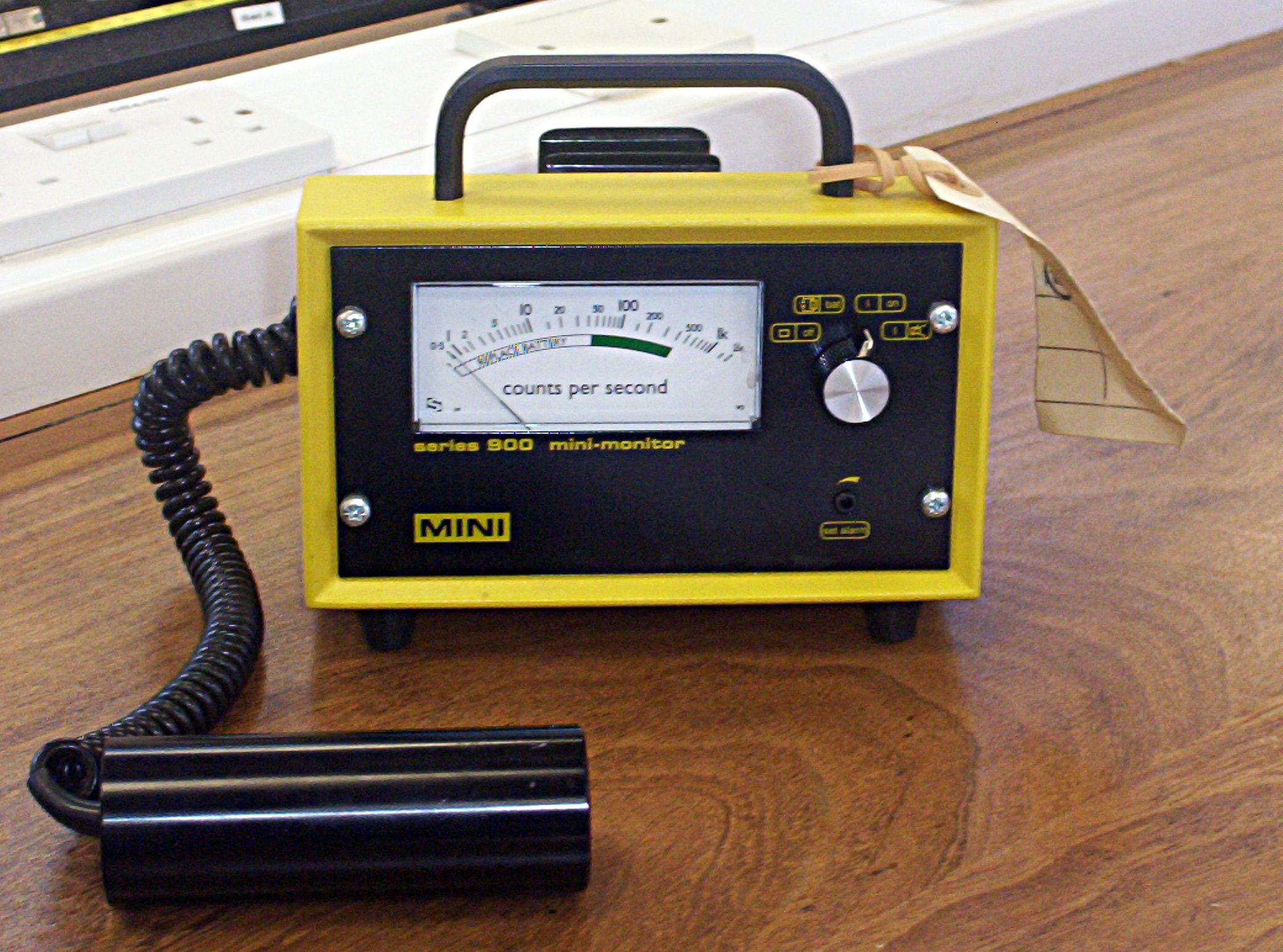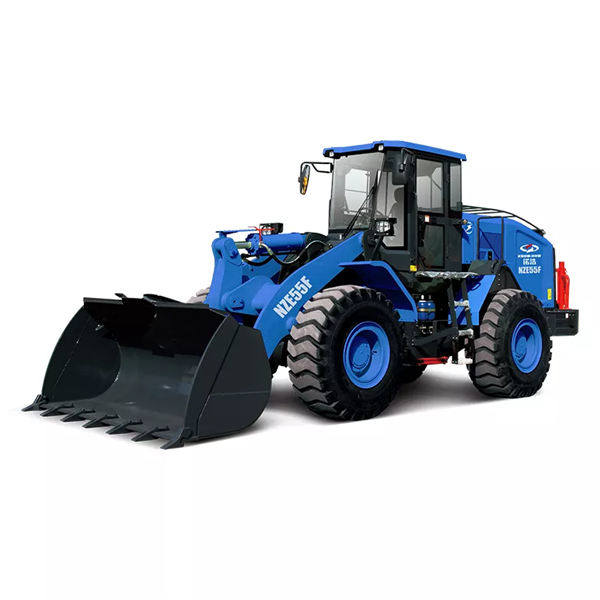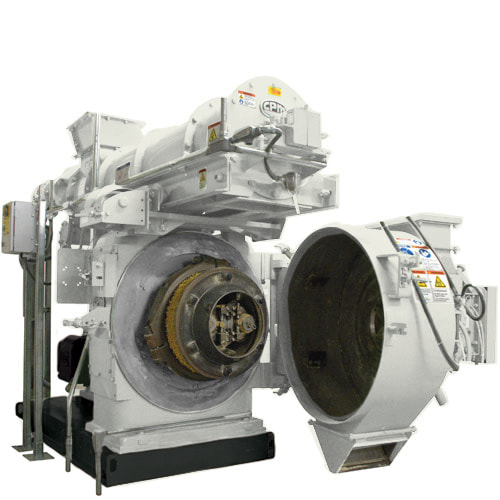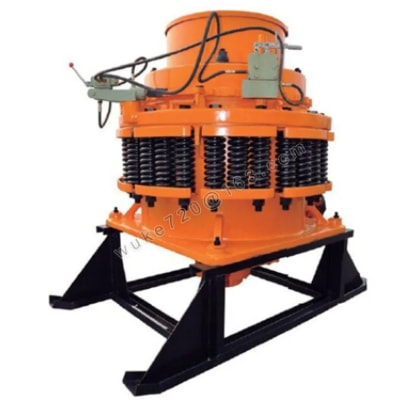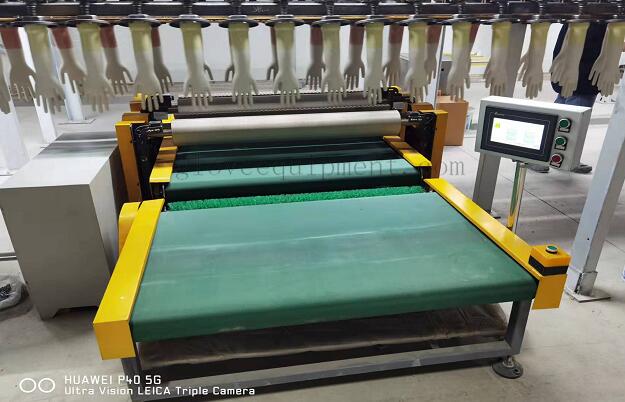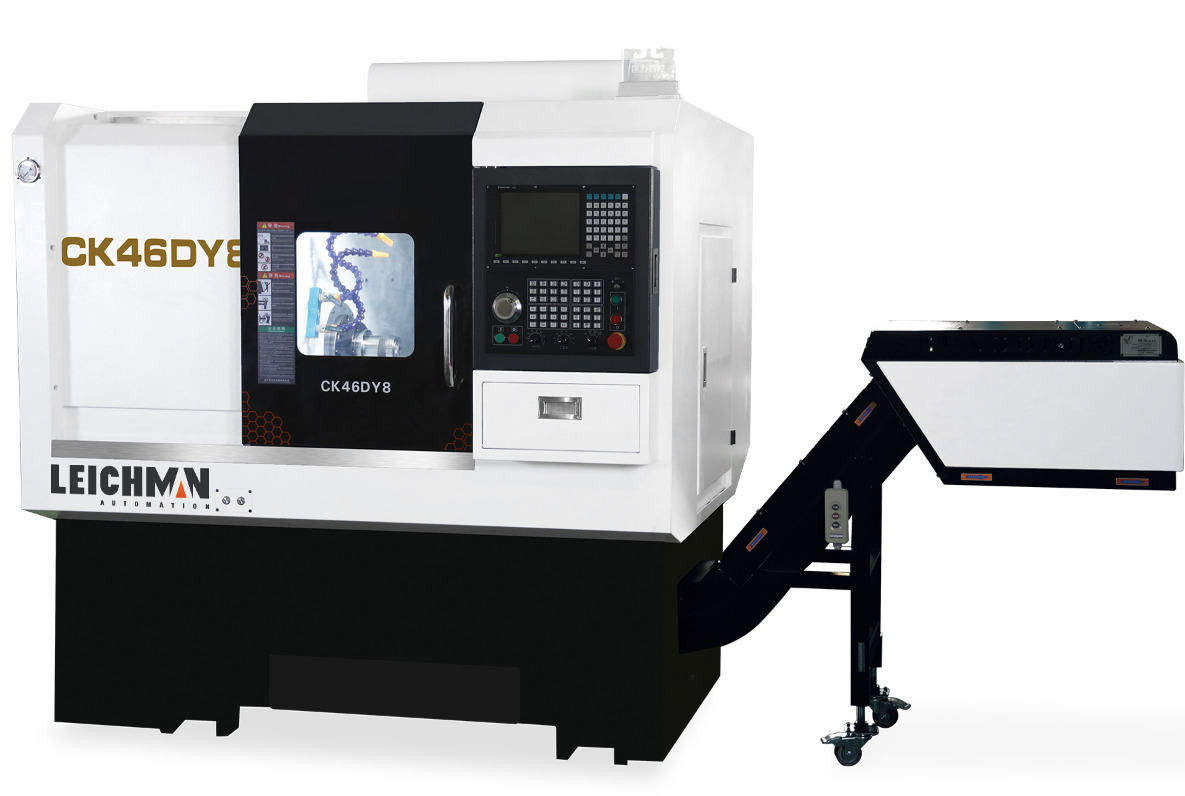What is Biomass Briquetting Machine?
A biomass briquetting machine is a specialized piece of equipment designed to convert biomass materials into a compact, solid, and energy-dense form known as biomass briquettes. These machines play a crucial role in addressing environmental concerns related to waste disposal and fossil fuel usage. Here's an overview of what biomass briquetting machines are and their key features:
Key Components of a Biomass Briquetting Machine:
Feeding System:
The feeding system is responsible for introducing raw biomass materials into the briquetting machine. This can include a hopper or conveyor belt for efficient material handling.
Crushing System:
In some cases, biomass materials may need to be crushed or processed before briquetting. The crushing system ensures that the biomass is in an optimal form for compaction.
Briquetting Chamber:
The heart of the machine, the briquetting chamber, is where the raw biomass is compressed into briquettes. The chamber typically contains a die and a set of rollers or pistons that apply pressure to form the briquettes.
Binder and Additives:
Depending on the composition of the biomass, binders or additives may be added during the briquetting process. These substances help improve the binding properties of the briquettes.
Heating System:
Some briquetting machines may include a heating system to facilitate the binding process. Heat is applied to the biomass, helping the binding agents work effectively.
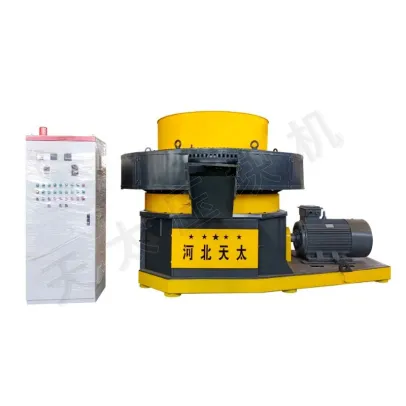
Cooling System:
After the briquettes are formed, a cooling system may be employed to stabilize the briquettes and ensure they maintain their shape. This can be important for storage and transportation.
Control System:
Modern biomass briquetting machines often feature electronic control systems that allow operators to monitor and control the entire process, optimizing efficiency and output.
How Biomass Briquetting Machines Work:
Material Preparation:
Biomass materials such as wood chips, sawdust, agricultural residues, or other organic wastes are collected and prepared for the briquetting process.
Feeding:
The prepared biomass is fed into the briquetting machine through a feeding system, ensuring a continuous and controlled input of material.
Compression:
Additional resources:How to clean a meat grinder?
How Long Does It Take for Clothes to Dry in a Drying Machine?
How Do I Choose a Packing Machine?
Universal Spline Hobbing Machine: Shaping Precision Gears
Impact Crushers vs. Jaw Crushers: Which Is Right for Your Crushing Needs?
Advantages of Chicken Chips Forming Machine
Why Are Essential Oils Stored in Dark Glass Bottles?
Within the briquetting chamber, the biomass is subjected to high pressure from rollers or pistons, compacting it into the desired briquette shape.
Binding:
Binders or additives, if used, are introduced during the compression process to enhance the binding properties of the biomass particles, creating solid and durable briquettes.
Cooling and Solidification:
The formed briquettes pass through a cooling system to stabilize their structure. This step is essential for maintaining the integrity of the briquettes.
Collection and Storage:
The finished biomass briquettes are collected and can be stored for later use or transported for various applications.
Benefits of Biomass Briquetting Machines:
Renewable Energy Production:
Biomass briquettes serve as a renewable energy source, contributing to a sustainable and eco-friendly energy landscape.
Waste Utilization:
The machines enable the utilization of agricultural residues, forestry waste, and other biomass materials that might otherwise be disposed of as waste.
Reduced Greenhouse Gas Emissions:
By providing an alternative to traditional fossil fuels, biomass briquetting helps reduce greenhouse gas emissions and combat climate change.
Cost-Effective:
Biomass briquetting offers a cost-effective solution for converting biomass into an energy-dense form, potentially replacing more expensive or less sustainable fuel sources.
Versatility:
Biomass briquetting machines can process a variety of biomass materials, making them versatile for different industries and applications.
In summary, a biomass briquetting machine is a valuable tool for converting biomass materials into a more convenient and environmentally friendly form, contributing to sustainable energy practices and waste utilization.
What is a Drilling Rig and Why is it Used?
Are EVI DC Heat Pumps environmentally friendly?
Powering Progress: Advantages and Applications of Slip Ring Induction Motors
Understanding the Chill: Exploring the Difference Between AC and Chiller Systems
Which is the Better Transportation Method: Cable Car or Ropeway?
How does a fixed grip chairlift work?
What are the parts of aerial work platform?





